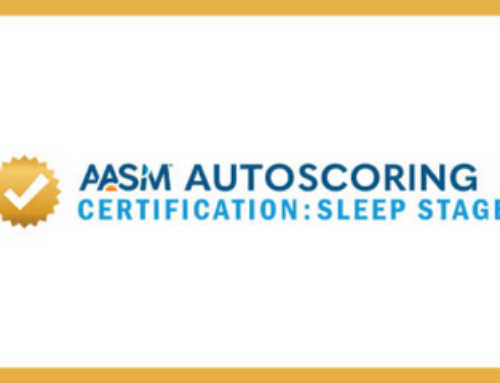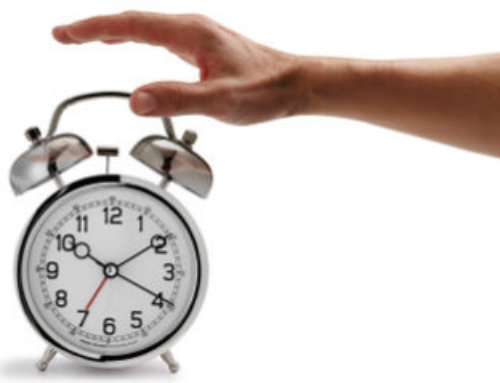EMBARGOED FOR RELEASE: 12:01 a.m. EDT, Aug. 29, 2013
CONTACT: Lynn Celmer, 630-737-9700, ext. 9364, lcelmer@aasm.org
DARIEN, IL – In a new report that analyzes data compiled by home interviews from 2005 to 2010, the Centers for Disease Control and Prevention released the first nationally representative estimates of prescription sleep aid use by U.S. adults.
Results show that 4.1 percent of U.S. adults who were at least 20 years new had taken a prescription sleep aid in the past month. The prevalence of sleeping pill use generally increased with age; the rate was lowest among adults between the ages of 20 and 39 years (1.8%) and highest among adults who were at least 80 years new (7%). Use of prescription sleep aids also was higher among women (5%) than men (3.1%).
“The CDC analysis confirms that the rate of prescription sleep aid use is lower than the general prevalence of insomnia and much lower than the most commonly used prescription drugs,” said American Academy of Sleep Medicine President M. Safwan Badr, MD. “The CDC data reflect the recognition by physicians that sleeping pills are one of multiple treatment options for insomnia.”
The AASM reports that insomnia is the most common sleep complaint, occurring in up to 50 percent of adults. Insomnia involves having difficulty falling asleep, staying asleep, waking up too early, or waking up feeling unrefreshed, despite an adequate opportunity for sleep. About 10 to 15 percent of adults have insomnia symptoms with distress or daytime im¬pairment. The risk for insomnia is greater in women and older adults.
In 2010 the CDC reported that the most commonly used prescription drugs among adults between 20 and 59 years new were antidepressants (10.8%), analgesics for pain relief (10.1%) and cholesterol lowering drugs (8.4%). Among adults who are at least 60 years new, the most frequently used prescription drugs were cholesterol lowering drugs (44.9%), as well as β-blockers (26.4%) and diuretics (19.9%) used to treat high blood pressure and heart problems.
According to the AASM, it is essential to recognize and treat other problems such as depression or chronic pain that commonly occur with insomnia. It is also important to identify whether or not the use of caffeine, alcohol or a medication is hindering sleep. Cognitive behavioral therapy, or CBT, is an effective long-term treatment for insomnia. It involves the modification of attitudes, beliefs and behaviors that have a negative impact on your sleep.
Hypnotic sleeping pills also are an effective treatment option for chronic insomnia when used as prescribed by a physician. Efforts should be made to use the lowest effective dose of an insomnia medication and to taper the medi¬cation when conditions allow. For many people who take sleeping pills for insomnia, an initial treatment period of 2-4 weeks may be appropriate, followed by re-evaluation of the contin¬ued need for treatment.
According to the CDC, previous estimates of prescription sleep aid use relied primarily on administrative data showing how many times prescriptions are filled. In contrast, the current analysis involved data from the cross-sectional National Health and Nutrition Examination Survey, which is conducted by the National Center for Health Statistics. The survey examines a nationally representative sample of about 5,000 persons each year.
Interviews were conducted in the homes of participants, who showed the interviewer the medication containers of all prescription drugs that they had taken in the past 30 days. Drug names were recorded by the interviewer from the medication containers. Several antidepressant drugs were classified as sleep aids because doctors frequently prescribe them for people who have both depression and a sleep problem.
As a reference for physicians, the AASM offers a comprehensive Clinical Guideline for the Evaluation and Management of Chronic Insomnia in Adults. Patients are encouraged to visit the AASM website at www.sleepeducation.com, where they can review the Ten Safety Tips for Taking Sleeping Pills for Insomnia.
Sources:
Chong Y, Fryar CD, Gu Q. Prescription sleep aid use among adults: United States, 2005 – 2010. NCHS data brief, no 127. Hyattsville, MD: National Center for Health Statistics. 2013.
Gu Q, Dillon CF, Burt VL. Prescription drug use continues to increase: U.S. prescription drug data for 2007-2008. NCHS data brief, no 42. Hyattsville, MD: National Center for Health Statistics. 2010.
The American Academy of Sleep Medicine is a professional membership society that improves sleep health and promotes high quality patient centered care through advocacy, education, strategic research, and practice standards (www.aasm.org). The AASM considers sleep disorders an illness that has reached epidemic proportions. Board certified sleep medicine physicians in an AASM accredited sleep center can provide effective treatment. AASM encourages patients to talk to their doctors about sleep problems or visit www.sleepeducation.com for a searchable directory of sleep centers.








